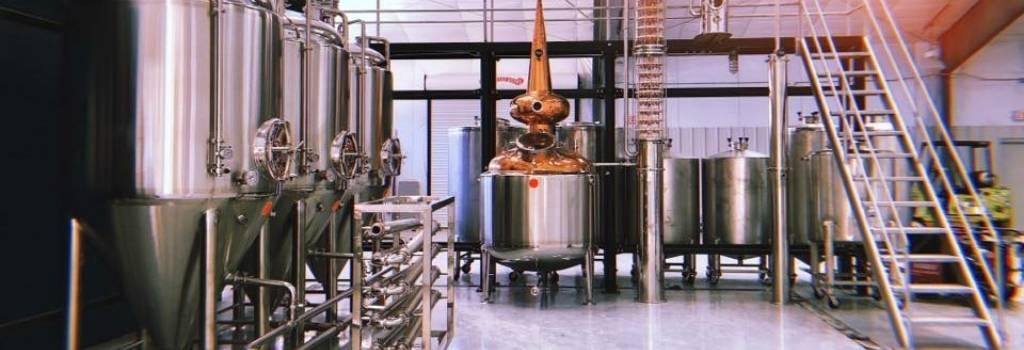How to Choose Equipment For Your New Space

Whether you’re starting a new distillery or upgrading your existing business to handle the massive success your hard work has brought you, you’ll want to look at every part of your process to figure out your new distilling equipment needs and how to optimize your workflow. All-in-one systems can be wonderful if you’re just getting started, trying to save space, or if you’re making a lot of different products but they aren’t always the best tool for any specific job and only having one piece of equipment to use can create a lot of headaches and bottlenecks down the road.
A swiss army knife is a handy device but it never can replace the right tool for the job, mashing, fermenting, and distilling all in one piece of equipment can sound like a great way to save money but you may run into some issues sooner than later. Having the ability to do work in parallel can save you time in the long run and time is money, except you can’t print more time. Having the right tool for the job is going to be a big help in the long run.
There are many more types of equipment and options than we can go over in a single article, in fact, it may be more than most books can handle depending on how far into the weeds we go. We’re going to touch on a few different pieces of equipment and since we’ve talked about stills at length we’re going to focus elsewhere in this article.
How to Choose the Right Equipment for Your New Distillery
Mash Tuns or Cereal Cookers:
Many people will think this is an obvious need but there are some people who pass on this piece of equipment, at least at first. While you can technically cook in your still they are not typically designed to handle the job. Our mash tuns can be used for laundering if you choose the false bottom option and regardless of which option you choose, they make grain handling easier.
The design of a still kettle is not normally optimized for adding and mixing solids so having a purpose-built piece of equipment can make it much easier. As a side note, think about how you’re moving your grains and loading the equipment. We don’t all have the luxury of a grain elevator next door but moving 50lbs bags up and down ladders will get exhausting pretty quickly. These can be very big pieces of equipment and we’d be more than happy to discuss different options with you.
Fermenters:
Most people know that they are important but it can be pretty easy to not have enough on hand to give you the flexibility to operate with different fermentation practices for different products. Also, the argument of jacketed vs non-jacketed primarily comes down to size and ambient conditions. Past a certain size, it makes sense to put a jacket on to keep the system cool during the fermentation process
Blending/Mixing Tanks:
While you can pull spirits off your still at barrel or bottling strength for many products you can’t do that for vodka and it is very difficult to maintain proof throughout a run. Having blending tanks is pretty essential to put out a consistent product, and if your product isn’t consistent you won’t have consistently happy customers.
Hot/Cold Liquor Tanks:
These can help reduce your mashing time or your heat up time on your finishing run if you’re diluting after your stripping run. CLTs can help ease your chiller demand and help you run without overtaxing your chiller so it may help save you money by giving you more time between chiller upgrades.
Collection Vessels:
Your distillate needs to be stored somewhere and while you can store them directly in a blending/mixing tank it removes those tanks from service and may not be the best use of your resources. These normally have wheels or some way to move them so you can house different parts of your process in different areas.
Pumps and Hoses:
Easy to overlook but they can help reduce your labor and handling significantly. Pumping directly from your mashing equipment to your fermentation vessel can save you some headaches as long as your tools are rated to do the job you want them to do.
Again, this is by no means a comprehensive list of all the parts and pieces you can add but it’s a good starting point. Leave a comment below and let us know what we’ve missed and what essential pieces of equipment you’d like to see added to the list. If you have specific questions you can always give us a call at 561-845-8009.